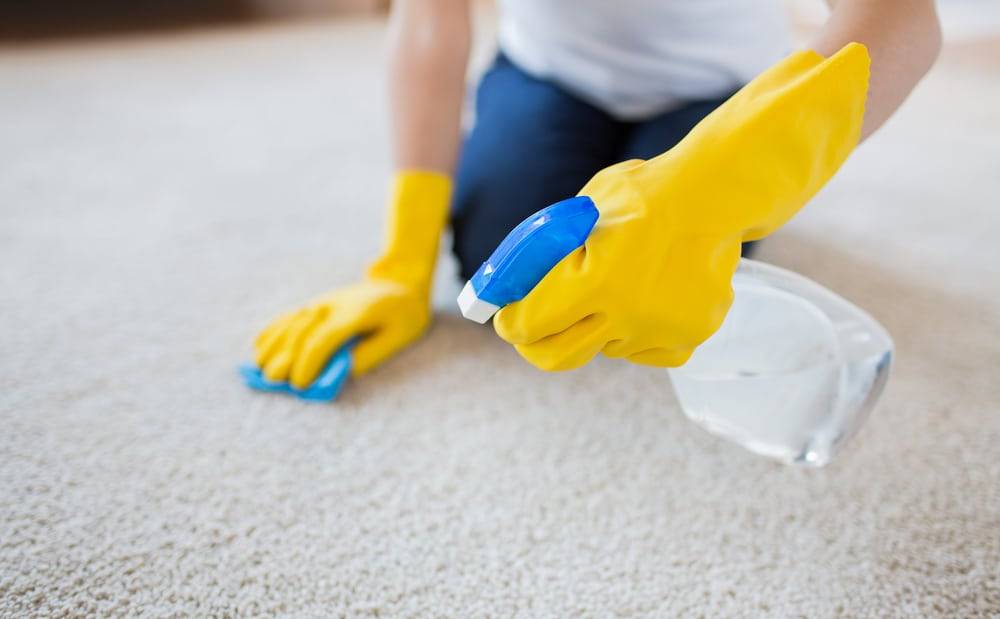
Introduction:
Dry cleaning your carpets offers a convenient and effective way to maintain a clean and healthy home environment. However, it’s important to approach the process with care and avoid common mistakes that can lead to unsatisfactory results or even damage to your carpets. In this blog, we will discuss some of the most common mistakes to avoid when dry cleaning your carpets, helping you achieve optimal cleaning outcomes while preserving the integrity of your carpets.
Neglecting to Vacuum Before Dry Cleaning:
One of the most common mistakes people make is skipping the crucial step of vacuuming their carpets before dry cleaning. Vacuuming removes loose dirt, debris, and pet hair, allowing the dry cleaning agents to penetrate more effectively and provide a thorough clean. Skipping this step can result in incomplete cleaning and leave behind particles that could potentially damage your carpets over time.
Using Excessive Cleaning Solution:
Using too much dry cleaning solution is another mistake that can have negative consequences. It’s important to follow the manufacturer’s instructions and use the recommended amount of cleaning solution for your specific carpet cleaning needs. Using excessive solution can leave residue on your carpets, attract more dirt, and potentially cause discoloration or damage to the fibers.
Not Testing the Cleaning Solution:
Failure to test the dry cleaning solution on a small, inconspicuous area of your carpet is a common mistake that can lead to irreversible damage. Before applying the solution to the entire carpet, conduct a patch test to ensure it doesn’t cause discoloration, shrinkage, or any other adverse effects. This simple step can save you from costly repairs or replacement of your carpets.
Rushing the Cleaning Process:
Dry cleaning requires proper time and attention for optimal results. One mistake to avoid is rushing through the process. Be patient and follow the recommended dwell time for the cleaning solution to effectively break down stains and dirt. Rushing can result in incomplete cleaning and leave behind residues that attract more dirt, defeating the purpose of cleaning your carpets in the first place.
Over-agitating the Carpet Fibers:
While it’s important to agitate the carpet fibers during the dry cleaning process to loosen dirt and stains, over-agitation can cause damage. Avoid excessive scrubbing or vigorous brushing, especially on delicate or looped carpet fibers. Gentle and controlled agitation is sufficient to achieve effective cleaning without risking fiber damage or distortion.
Neglecting Proper Ventilation:
Proper ventilation is crucial during and after the dry cleaning process. Avoid the mistake of neglecting adequate airflow in the room to allow the cleaning solution to evaporate and the carpets to dry completely. Insufficient ventilation can prolong the drying time, lead to musty odors, and create a breeding ground for mold and mildew.
Not Protecting Furniture and Baseboards:
When dry cleaning your carpets, it’s important to protect your furniture and baseboards from the cleaning solution. The chemicals in the solution can potentially damage or discolor these surfaces. Use protective barriers such as plastic sheets or aluminum foil to cover furniture legs and baseboards, ensuring they remain unaffected during the cleaning process.
Skipping Regular Maintenance:
Dry cleaning your carpets is an essential part of their maintenance, but it should not be a substitute for regular upkeep. Neglecting routine vacuuming, prompt spot cleaning, and periodic professional deep cleaning can diminish the effectiveness of dry cleaning and compromise the longevity of your carpets. Make sure to incorporate these maintenance practices alongside dry cleaning for optimal results.
Conclusion:
Dry cleaning your carpets can be a highly effective and convenient method for keeping them clean and fresh. By avoiding common mistakes such as neglecting to vacuum beforehand, using excessive cleaning solution, skipping patch tests, rushing the process, over-agitating the fibers, overlooking proper ventilation, neglecting



